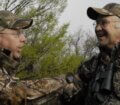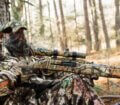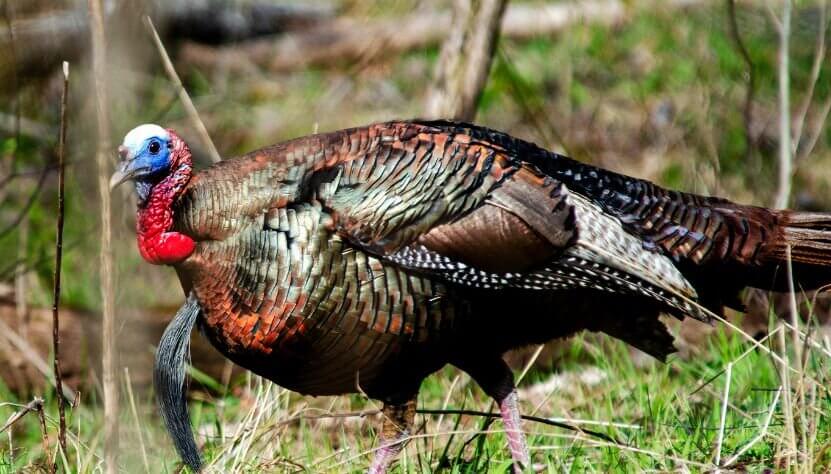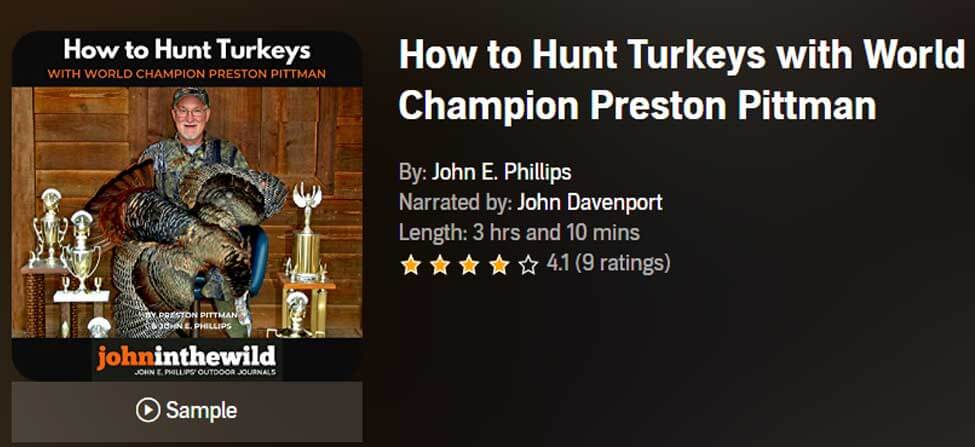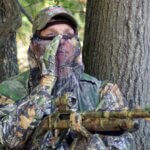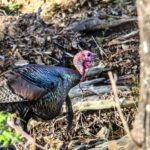Editor’s Note: A couple of weeks ago, I mentioned that from a Google survey, I’d learned what hunters wanted to know about hunting turkeys. Many of them never had turkey hunted before. Others had called longbeards but had specific turkey-hunting problems they didn’t know how to solve. First a hunter needs to understand that each gobbler he or she hunts is an individual bird with his own traits, hunter experiences and survival instincts. So, no one answer will answer all turkey hunters’ questions for each turkey-hunting situation. If you have turkey-hunting questions you need possible answers for, email John at [email protected], and he will try to help.
Question: How many turkey calls do you take with you when you go turkey hunting, and why?
John E. Phillips: My number-one turkey call is a push button call. Since a push button call is so easy to use, it’s considered by some turkey hunters as a beginner’s call. If you’re hunting in a highly-populated area, more than likely, those gobblers haven’t heard a push button call. I’ll also take box calls, single-sided box calls and double-sided box calls with me. The double-sided box call generally will give me the best call of a hen turkey and the advantage of being able to gobble to a tom.
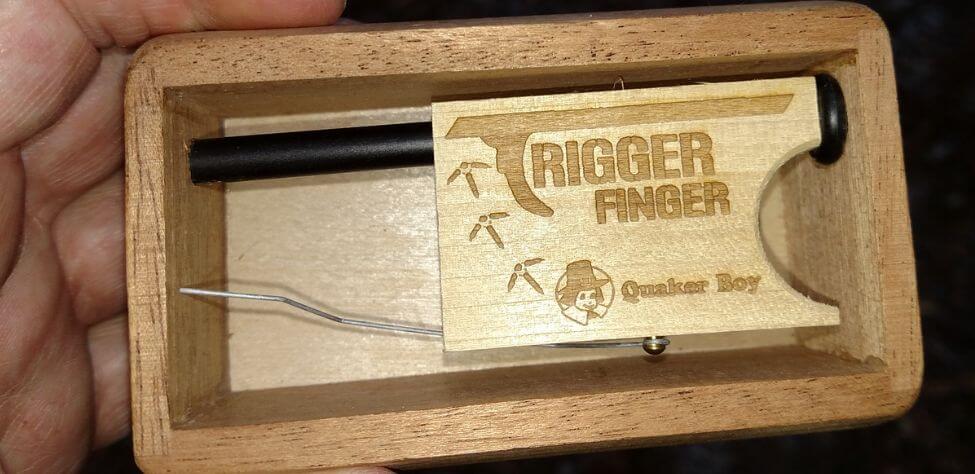
Next, I’ll have two or three friction calls, a slate call, an aluminum call and an acrylic call with me. Often, I’ll start with a slate calling turkeys because most hunters don’t use it. I believe that sounding like a new hen gives me an advantage on a hunt. I also will carry a crow call and an owl call for shock calls. A tom typically will gobble back to shock calls because it’s a call he’s gobbled back to his entire life. Using one of these shock calls enables you to watch the gobbler’s movements, which gives you an advantage over the gobbler in a hunt.
Also, in my array of calls, I’ll include three to four diaphragm calls, a single-reed call, a double-reed call and a triple-reed call, as well as two, additional diaphragm calls that I have great confidence in using on a hunt. I take so many types of calls on a hunt because a gobbler only may respond to one of the several calls I have with me. Therefore, I must have several options for turkey calls to have a chance of making a turkey gobble.

Question: How do you hunt turkeys in flooded timber or swamps?
Phillips: The best way I’ve learned to take a turkey in the woods in water is to decide before I leave camp that I will get wet that day, possibly up to my chest or waist-deep. I always carry a Ziploc bag with me on a hunt to put it in my turkey tag, billfold and anything else of value I have with me. You can call turkeys across the water. However, they are much easier to take, if you can get on the same dry land from where they’re gobbling. I’ll think I’ve won if I’m hunting on wet terrain and don’t get wet up to my waist or my chest. If I must cross deep water, I’ll carry my Ziploc bag of valuables above my head.
Question: How do you hunt a turkey that’s gobbling across a property line?
Phillips: This scenario happens to me more often than I like to admit. Nothing’s worse than having a turkey gobble 30-150 yards away on another person’s property. He’ll answer your calls, but he won’t come to you.
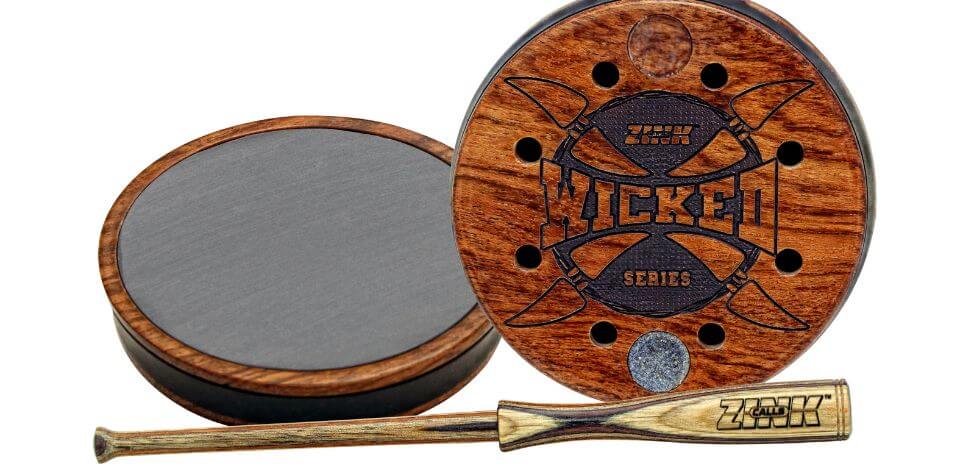
I’ll start by using one turkey call that the longbeard will answer. Once I determine that the turkey doesn’t want to cross the property line, I’ll start using other calls, such as a push button or a diaphragm call. Then, I’ll get a box call and change mouth calls. Lastly, I will change to a different type of call, like a glass friction call, and use a different kind of mouth call. I’m trying to paint a picture in the gobbler’s mind that he can breed an entire flock of hens just across the property line. If that doesn’t get the old bird to travel across the line, I’ll use my double-sided box call and gobble a couple of hen calls at that turkey. If that doesn’t work, after sitting for 30-45 minutes, I’ll leave that area and hunt another turkey for awhile before returning there to try to convince the turkey that the group of hens are in that exact location.

Tomorrow: Why Learn More about Turkeys
Expert Guidebooks on Turkey Hunting: Best Sellers
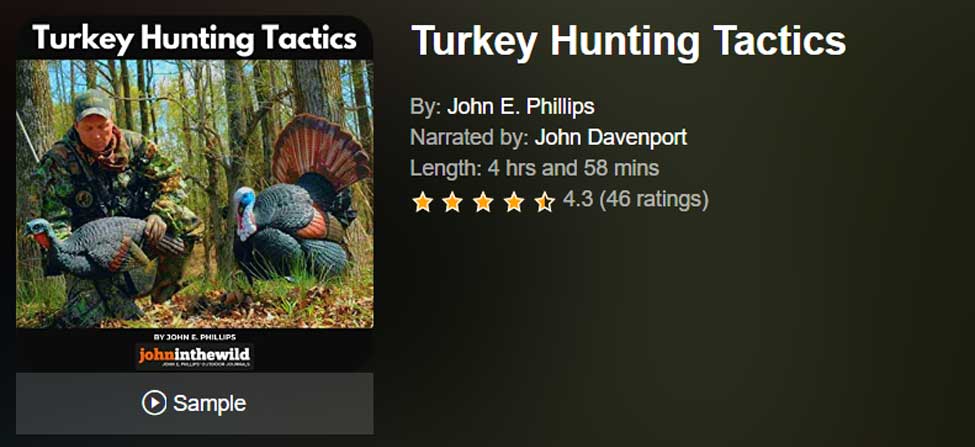
Turkey Hunting Tactics
This turkey hunting audiobook has entertaining chapters like: “How to Miss a Turkey”, “Hunting with a Guide”, and “The Turkey and the New York Lady”.
You’ll learn about all the subspecies of turkey across North America, how to use a turkey call, how to scout before turkey season, how to find a turkey to hunt, and what hunting gear you’ll need to put the odds in your favor to take a wily gobbler.
VERSIONS: AUDIBLE, KINDLE & PRINT
How to Hunt Turkeys with World Champion Preston Pittman
You easily can take a turkey if you don’t make any mistakes, but you have to know what the deadly sins of turkey hunting are to keep you from making those mistakes. If you understand how to hunt a turkey, you’re far more likely to take a gobbler than if you just know how to call a turkey.
Of course, calling is important, and if you want to learn to call a turkey, Preston Pittman will teach you how to call turkeys with box calls, friction calls, diaphragm calls, and other turkey sounds.
You’ll also learn why Preston Pittman once put turkey manure all over his body to kill a tough tom.
When you have turkeys that strut and drum in the middle of a field, when you know there’s no way to get close enough to get a shot, Pittman will show you some weird tactics that have worked for him to help you hunt tough ole toms.
But the main thing you’ll learn in this book is how to become the turkey.
Using what he’s learned while hunting wild turkeys, he’s also become a master woodsman who can take most game, regardless of where he hunts. To learn more secrets about how to be a turkey hunter from one of the world champions of the sport, this turkey-hunting book with Preston Pittman is a must.
VERSIONS: AUDIBLE, KINDLE & PRINT
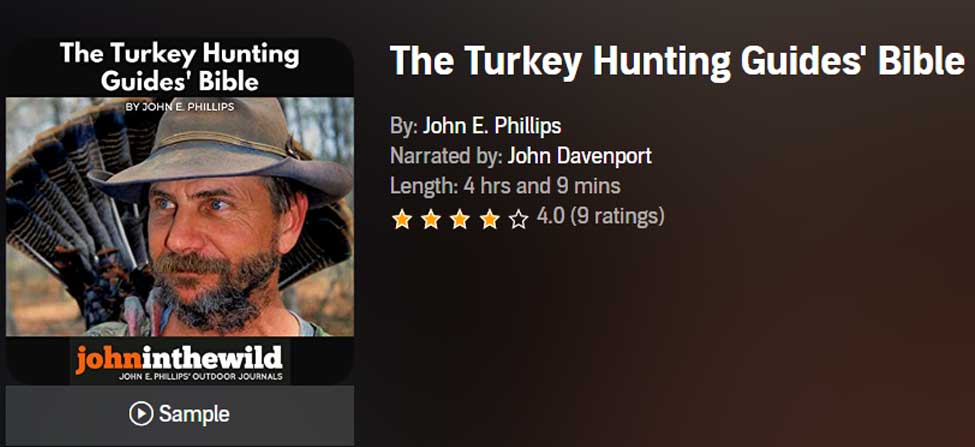
The Turkey Hunting Guides’ Bible
The quickest way to learn how to turkey hunt successfully is to either hunt with a turkey hunter with years of experience or a turkey-hunting guide. These two types of turkey hunters have solved most of the problems turkey hunters ever will face.
Just as one size of shoes won’t fit every person, one style of turkey hunting doesn’t fit each hunter. Each turkey-hunting guide interviewed for this book has his own style of calling, hunting, and outsmarting turkeys.
While listening to this book, make a list of the new information you’ve learned, take that list with you during turkey season, and try some of the new tactics. Then you’ll become a more versatile turkey hunter and prove the wisdom from The Turkey Hunting Guides’ Bible.
VERSIONS: AUDIBLE, KINDLE & PRINT
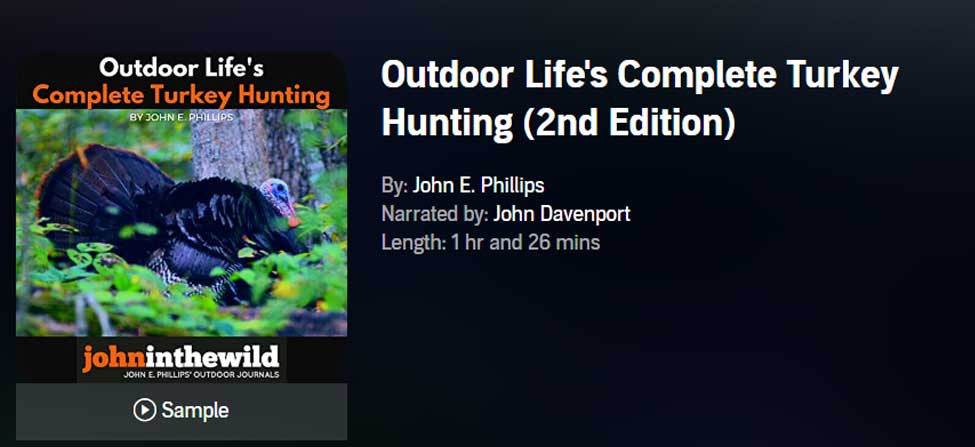
Outdoor Life’s Complete Turkey Hunting (2nd Edition)
This Audible book will help you learn how to call turkeys with two of the nation’s best, longtime and well-known turkey callers, Rob Keck, formerly with the National Wild Turkey Federation, and Lovett Williams, a wildlife biologist who recorded wild turkeys giving the calls that you’ll learn how to make on various types of turkey callers.
VERSIONS: AUDIBLE & KINDLE

